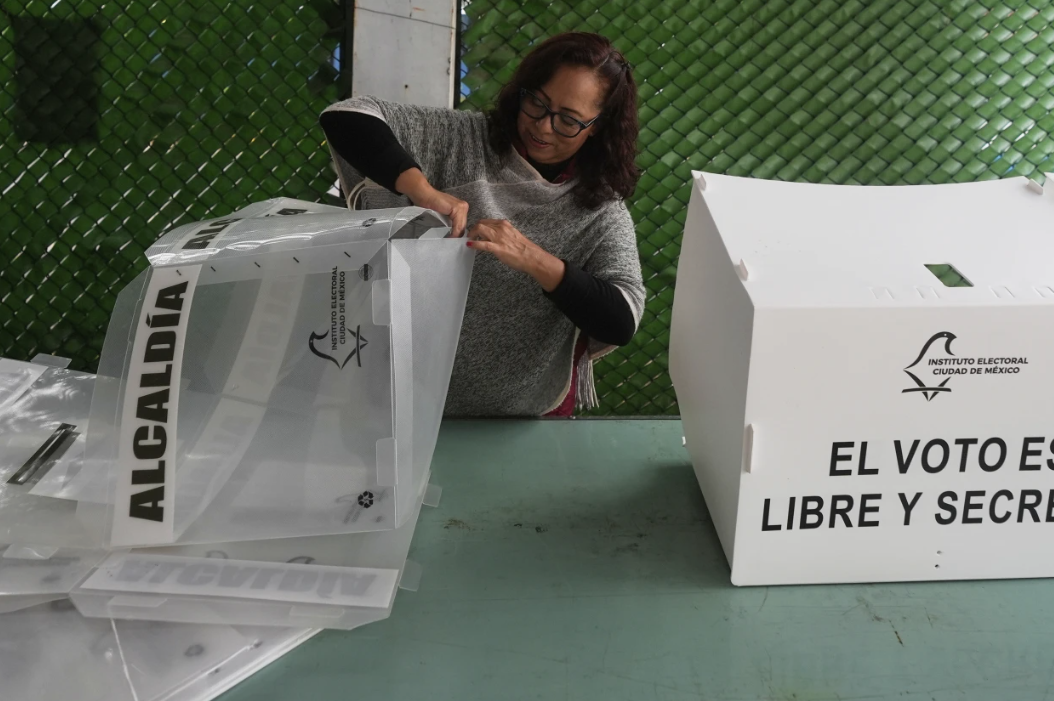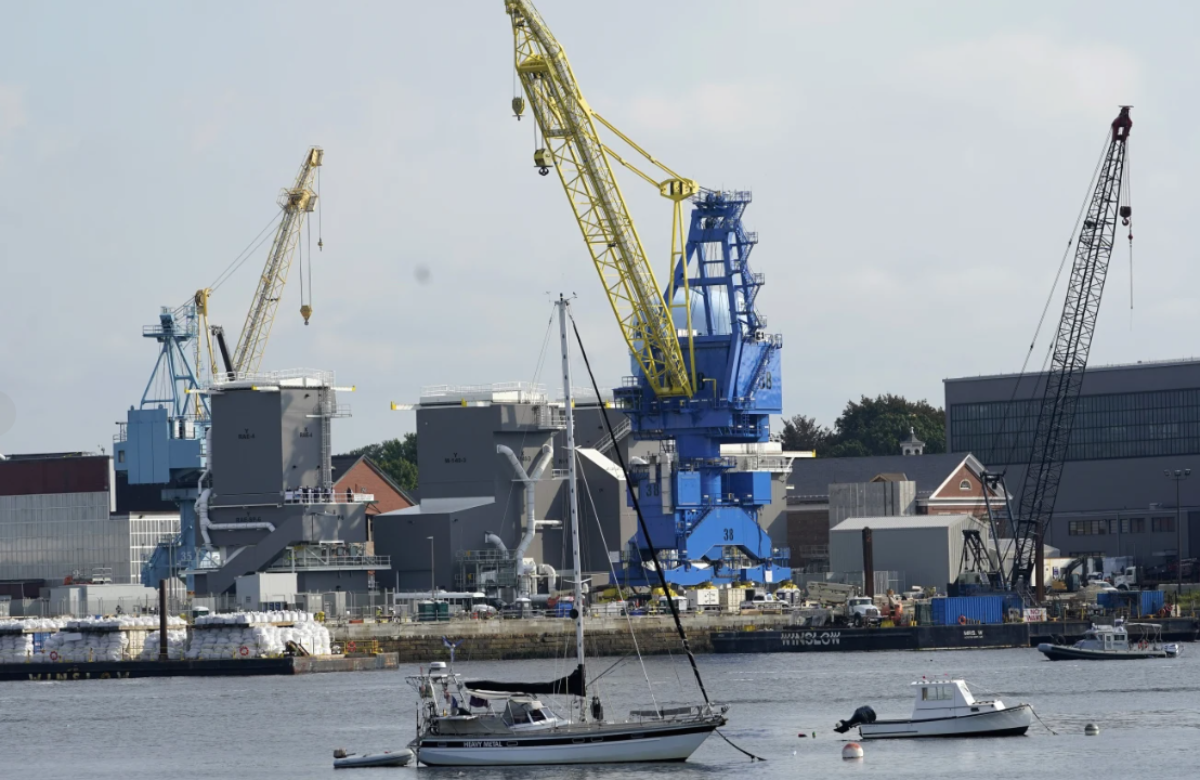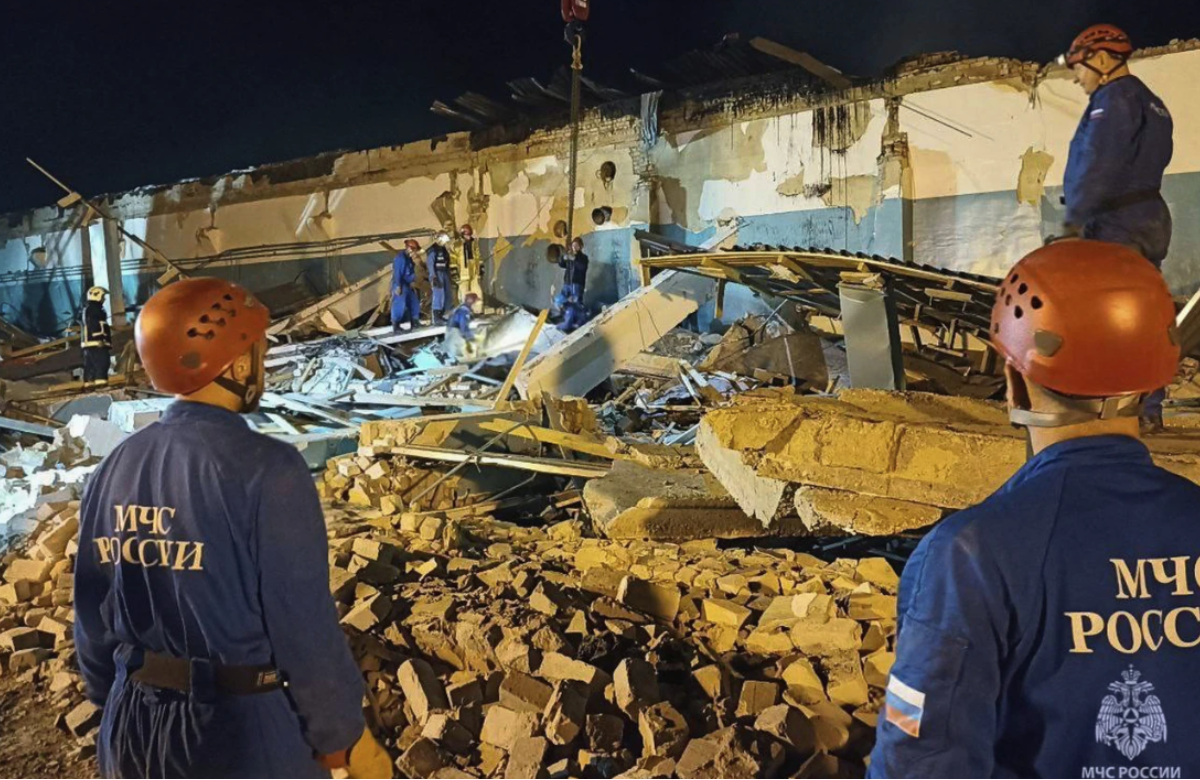Mexico held its first-ever judicial elections on Sunday, marking a historic shift in how judges are selected but also causing confusion and controversy among voters unaccustomed to this new system.
The elections began slowly, with many polling stations in Mexico City, Veracruz, and Chiapas opening to only a handful of voters or none at all. Experts had warned turnout might be low because the process is complex and unfamiliar, with voters asked to choose from thousands of candidates for numerous judicial positions—a system entirely new to Mexico.
Late last year, Mexico’s ruling party, Morena, overhauled the judiciary, sparking protests and criticism. Opponents argue the reform aims to give those in power more control over the courts, which had previously acted as a counterbalance to political influence. Supporters say this change is necessary to purge corruption and modernize a system long plagued by impunity.
Instead of judges being appointed based on merit and experience, Mexican voters were now tasked with selecting from around 7,700 candidates competing for more than 2,600 judicial seats. At a polling place in a middle-class neighborhood in Mexico City, only four people waited to vote when it opened. Some voters, like 31-year-old veterinary student Esteban Hernández, expressed skepticism about electing judges but still chose to vote, hoping their participation would matter given the expected low turnout.
Others, such as 67-year-old consultant Octavio Arellano, came prepared with notes and voted selectively, supporting only key judicial positions while spoiling ballots for others. In Tapachula, near the Guatemala border, retired teachers Francisco Torres de León and Hugo de León Roblero had studied their ballots beforehand but described the process as overwhelming due to the sheer number of candidates and positions.
President Claudia Sheinbaum and Morena officials praised the elections as a necessary step toward ending corruption within the courts. Sheinbaum shared a photo of herself voting near the National Palace, celebrating the “new judiciary.” Former President Andrés Manuel López Obrador, who championed the reform but has kept a low profile since leaving office, also voted, calling the event historic because it allowed citizens to directly elect judges for the first time in Mexico’s history.
However, concerns remain about the integrity of the election. Civil groups highlighted troubling candidates on the ballot, including lawyers tied to notorious drug cartels, former corrupt officials, ex-convicts linked to drug trafficking, and individuals associated with a controversial religious sect led by a convicted abuser.
Voters struggled to navigate the complex process. Many had to choose among dozens or even over a hundred candidates without clear party affiliations or campaign information. Political parties reportedly distributed voter guides designed to influence choices, stirring accusations that the election was being manipulated.
Miguel Garcia, a 78-year-old former construction worker, voiced the frustration felt by many. Despite traveling across Mexico City to find reliable information, he found little beyond posters near the Supreme Court and expressed confusion about how to vote responsibly.
Overall, Mexico’s judicial election represents a major transformation aimed at increasing public involvement in the justice system, but the rollout has exposed significant challenges in voter education, transparency, and concerns over potential political interference.













